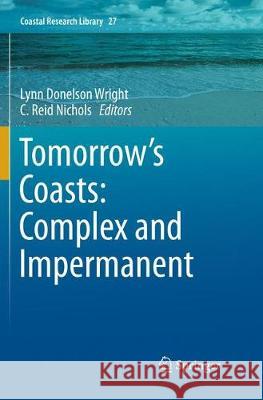Tomorrow's Coasts: Complex and Impermanent » książka
topmenu
Tomorrow's Coasts: Complex and Impermanent
ISBN-13: 9783030092351 / Angielski / Miękka / 2018 / 374 str.
Kategorie:
Kategorie BISAC:
Wydawca:
Springer
Seria wydawnicza:
Język:
Angielski
ISBN-13:
9783030092351
Rok wydania:
2018
Dostępne języki:
Numer serii:
000417654
Ilość stron:
374
Oprawa:
Miękka
Dodatkowe informacje:
Glosariusz/słownik











